FS Colour Series: Japanese Blue Inspired by Katsushika Hokusai’s Deep Indigo
Deep shades of indigo like Japanese Blue were a potent tool in the arsenal of much-loved 19th century Japanese artist Katsushika Hokusai, a means of investing dark, brooding shadows into his atmospheric woodblock prints. From the cavernous depths of gushing waterfalls to the timeless silhouette of Mount Fuji, he layered this entrancing shade of darkness into almost all his spirited landscapes, recreating the awe-inducing, sublime drama of the great outdoors that he encountered while travelling throughout Japan.
Born in around 1760, Hokusai began his artistic career early, taking up the role of apprentice block-cutter in a woodblock print studio during his early teens. When he was 19, the artist began work for the ukiyo-e studio of Katsukawa Shunsho, where he worked on prints featuring Japanese Kabuki actors and beautiful women. For reasons unknown, Hokusai was expelled from Shunsho’s studio, and he quit making art for a brief spell. When he finally picked up the pace again, he began making illustrated books and poetry prints on commission.
From 1800 onward, Hokusai’s career as an artist slowly grew, along with the scope and ambition of his art. From building-sized performance painting to drawing manuals and illustrations for adventure stories, the scope of his practice meant his art was in popular demand. Following a spell of changing fortunes and personal difficulties, Hokusai experienced a surge of creativity by the 1830s, at the age of 70, when he began receiving commissions to produce bird, landscape and flower prints. Ever determined to improve his craft, he famously wrote, “Maybe by the time I reach the age of 110, every dot and line will appear to have a life of its own.”
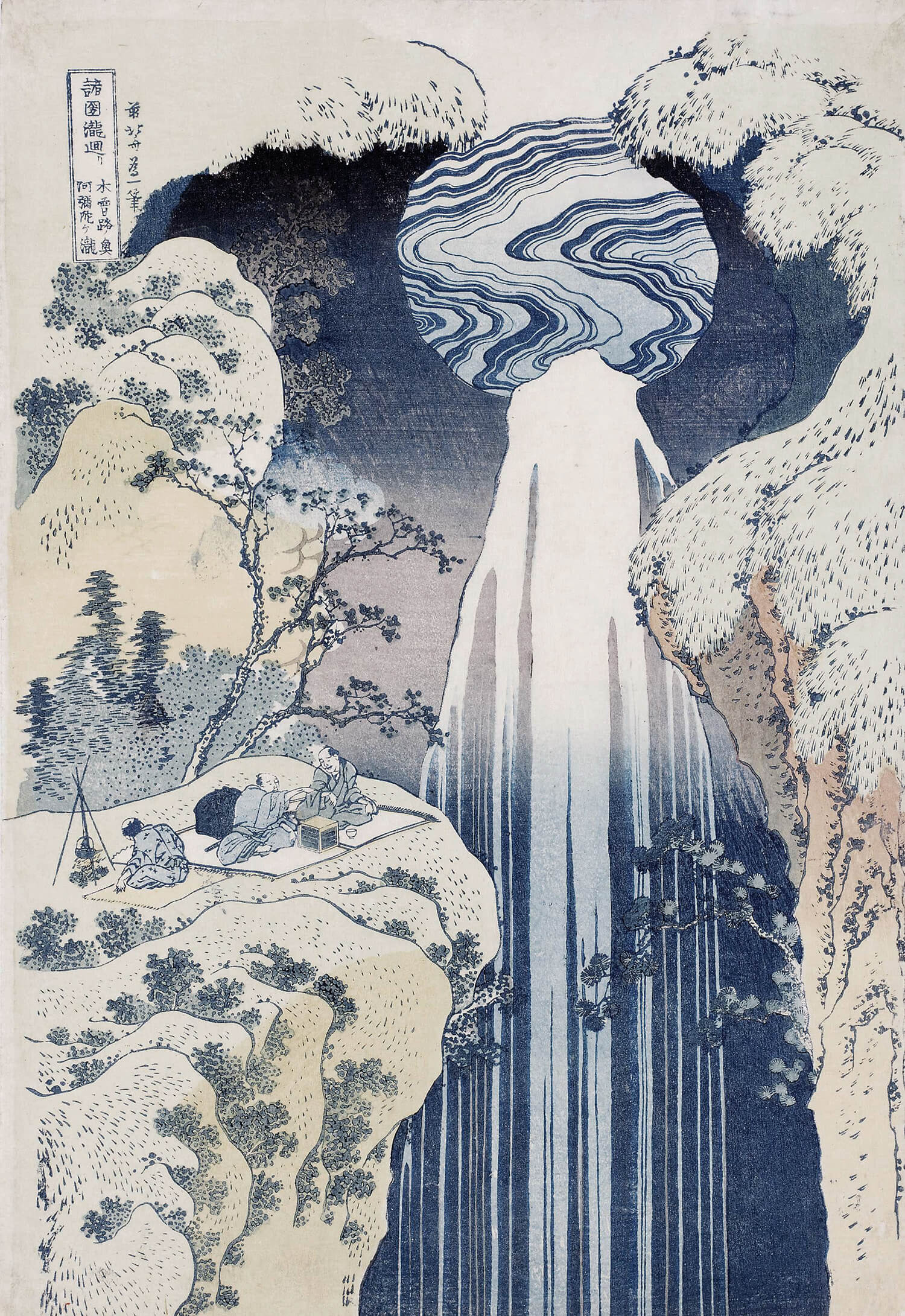
The Amida Waterfall in the Far Reaches of the Kisokaido Road (Kisoji no oku Amida-ga-taki), 19th century
It was during this fruitful period that Hokusai completed one of his most renowned print series’, the ambitious and celebrated ‘Thirty-Six Views of Mount Fuji’. Among the masterworks in the series are the stark, yet intricately rendered Tago Bay near Ejiri on the Tokaido. Hokusai conveys the distant Mount Fuji in an entrancing indigo blue, set against a crisp white sky, while boatsmen from the tiny, scattered village heave their oars against the colossal strength of an angry, tumultuous sea. The mountain provided a backdrop for each print in the series, an enduring, sacred symbol for the Japanese that appears to have also had personal meaning for Hokusai, as he incorporated its outline into one of his signature seals.
Made during the same prolific decade, Hokusai’s daring, epic landscape print, The Falling Mist Waterfall at Mount Kurokami in Shimotsuke Province, was made as part of the larger series ‘A Tour of Waterfalls in Various Provinces’. Angry, forceful gushes of water spill out like tree roots across most of the image, casting entrancing, dark blue shadows in their wake. Startled onlookers stare transfixed at the sublime, muscular strength of the waterfall, and are surrounded by a sparkling, enveloping mist of water vapour.
The Amida Waterfall in the Far Reaches of the Kisokaido Road (Kisoji no oku Amida-ga-taki), from the same series, is far more delicate and serene, a contemplative meditation on the restful tranquillity of the natural world. Tiny people quietly unpack their camp on a nearby clifftop, basked in the white light of the surrounding landscape, while the titular waterfall spills out from a circular, moon-like halo beyond them, a streak of angular, white movement that tricks slowly, peacefully, into vertical rivulets. Hokusai deftly captures the rugged curve of the uneven, grassy mountainside by blending the darkest shade of indigo into its upper core; this aspect could just as easily be a crisp, clear night sky opening out overhead, and the gaping mouth of the waterfall becomes the light of the moon.






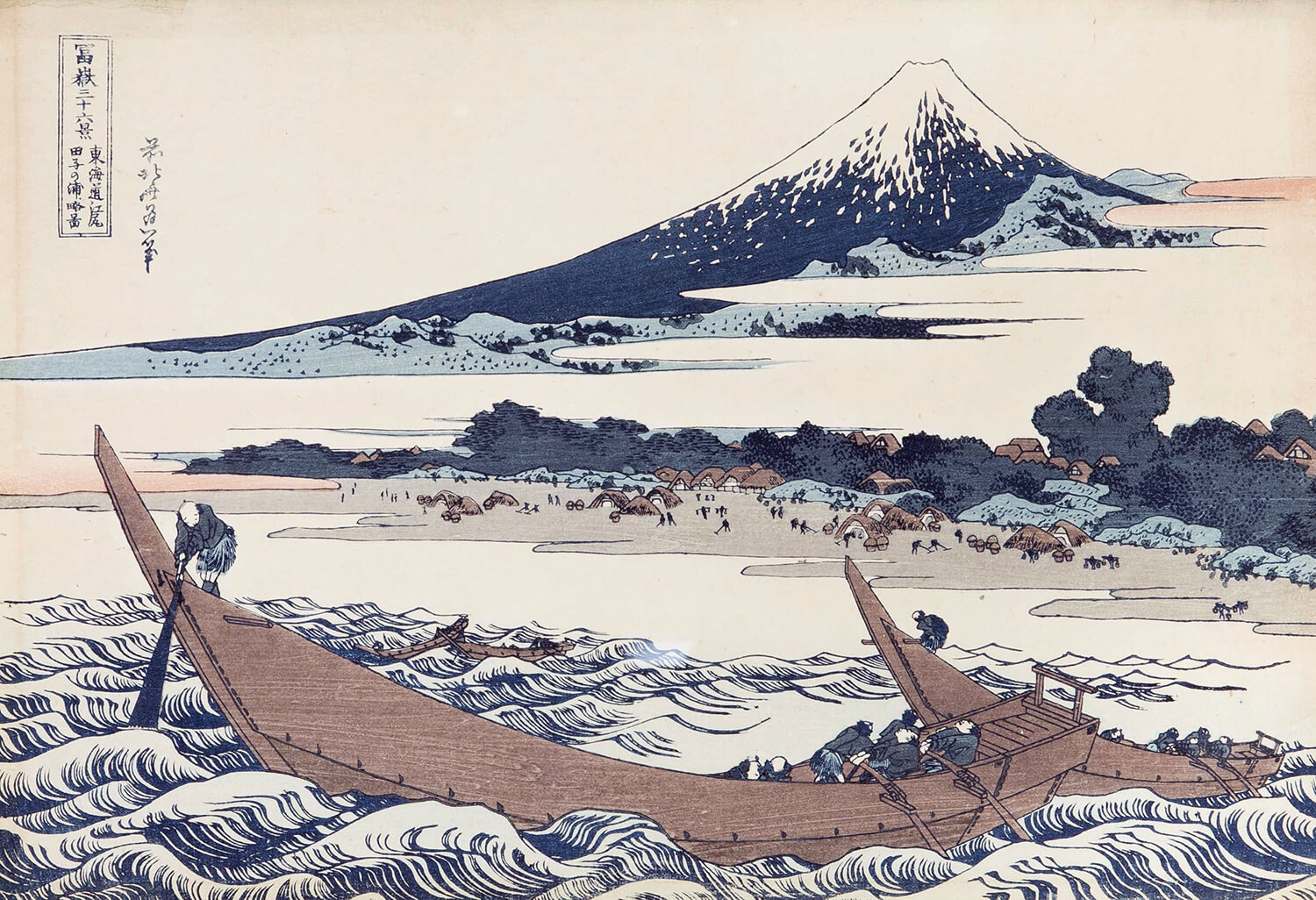
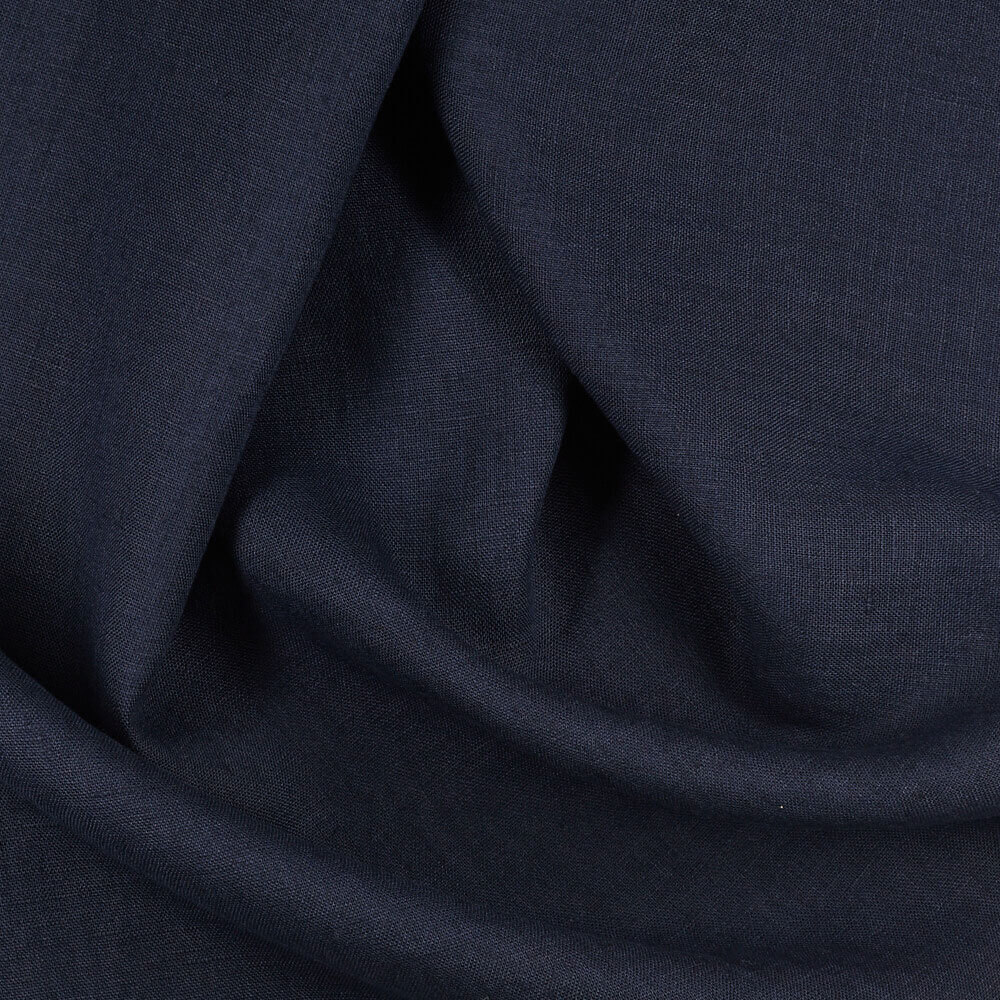
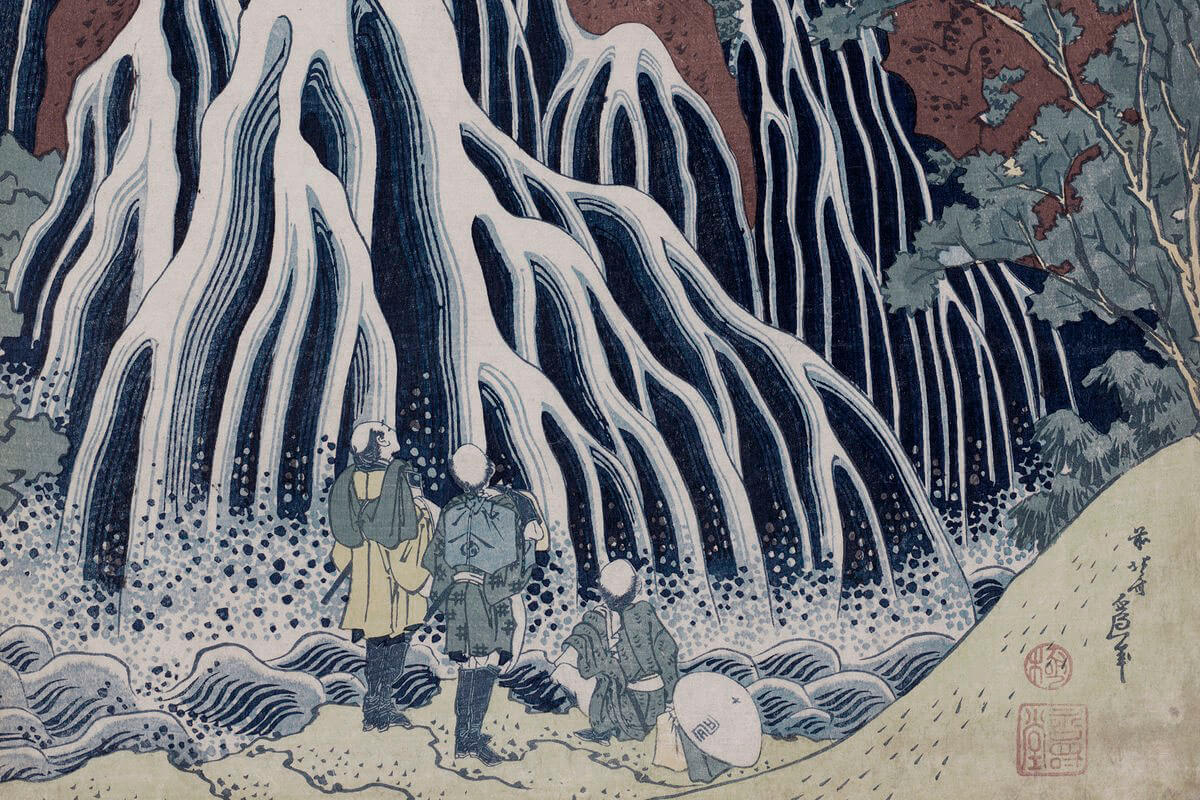































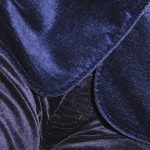


2 Comments
Malini Sinha
I LOVE these brilliant, inspiring articles! Thank you, Rosie! They are very thought provoking.
Jeanie Butler
Thank you so much for these artist series. I love them, learn so much, and am inspired.